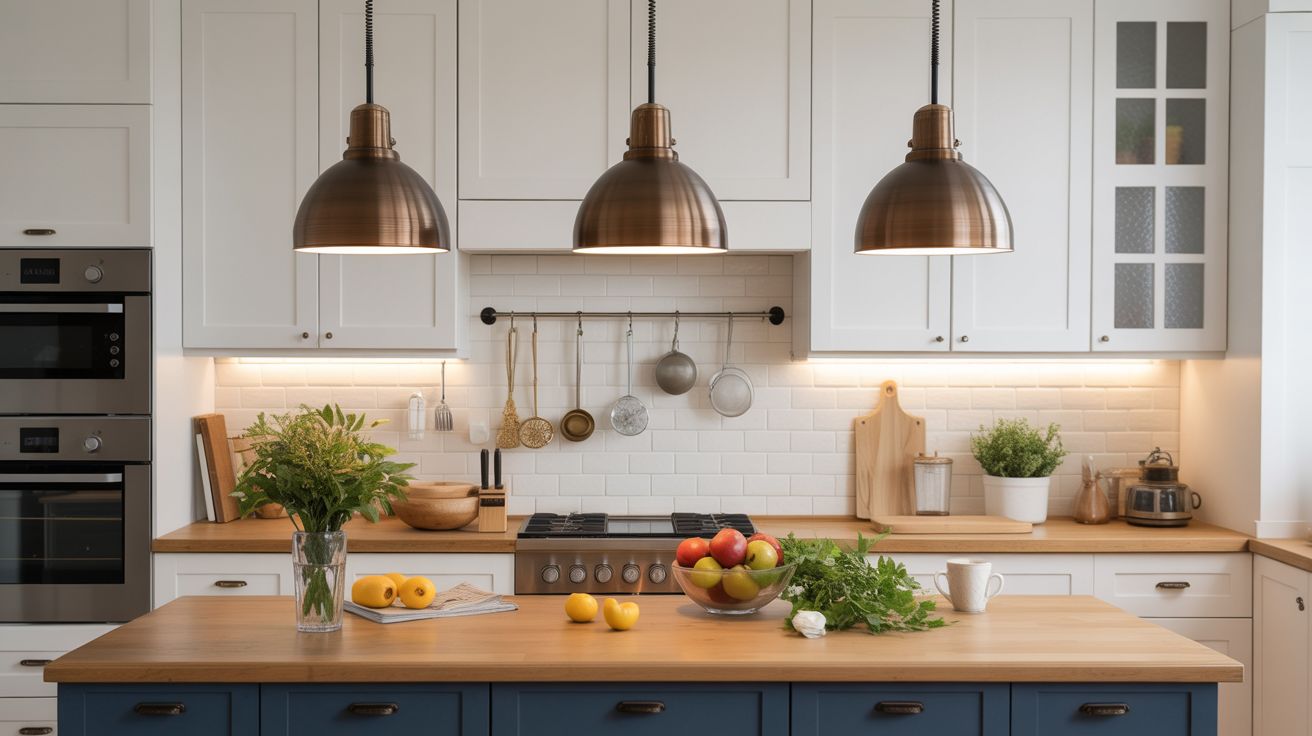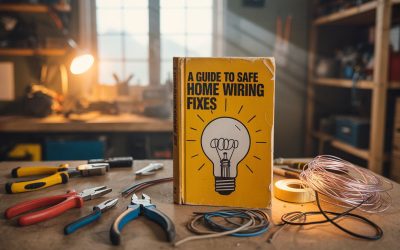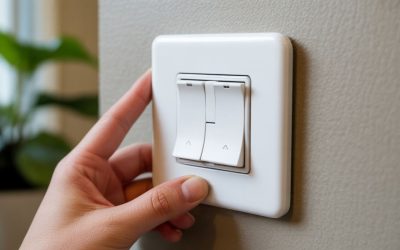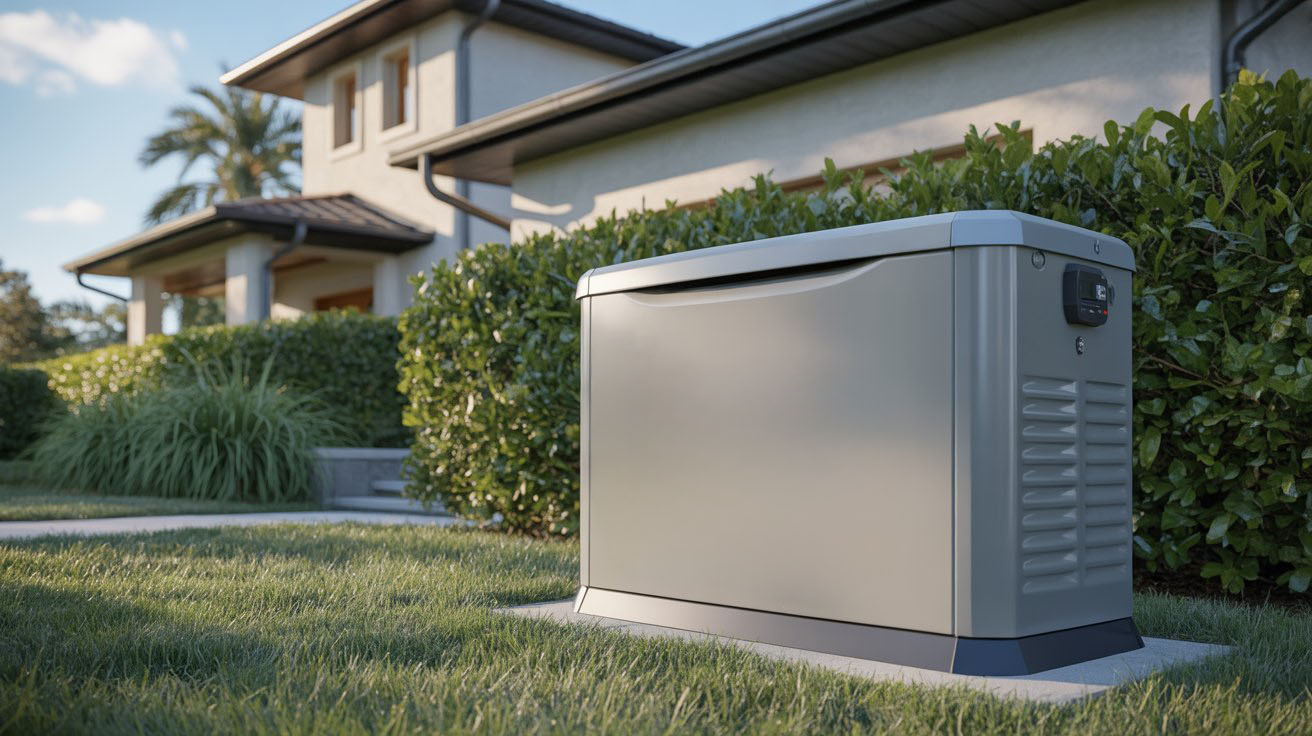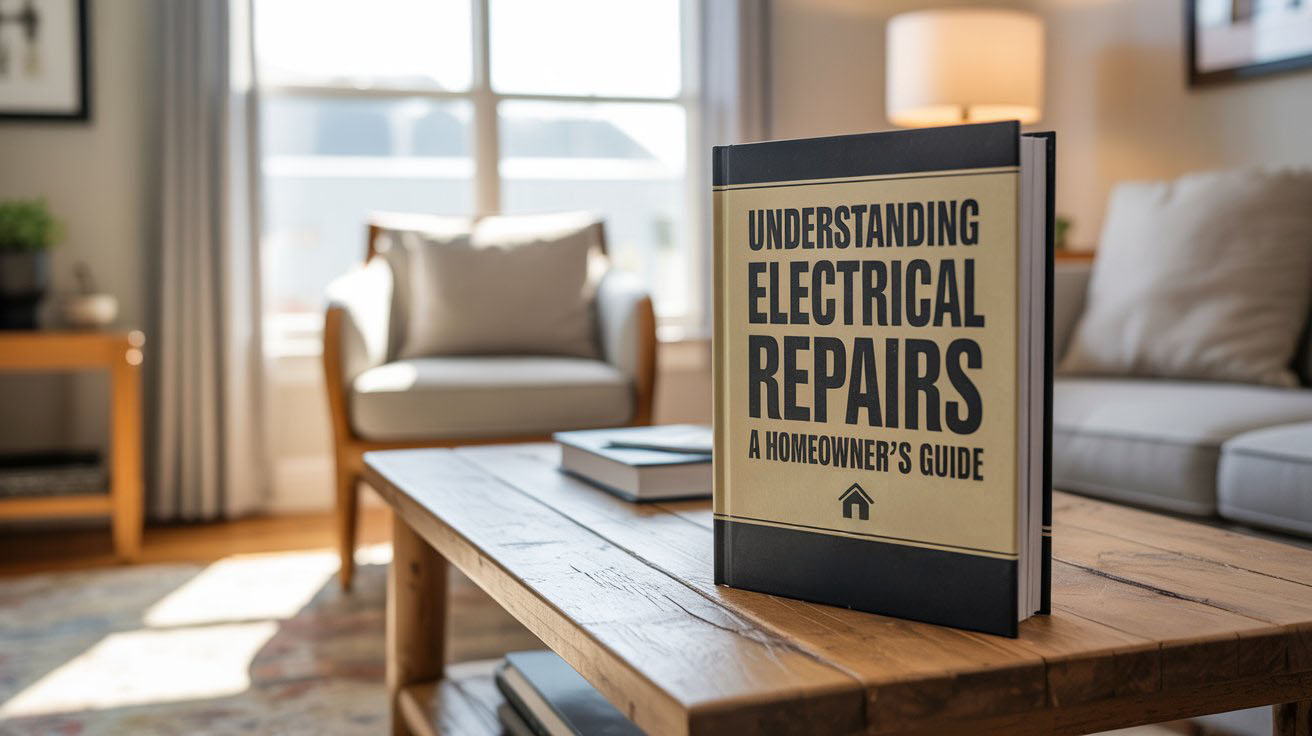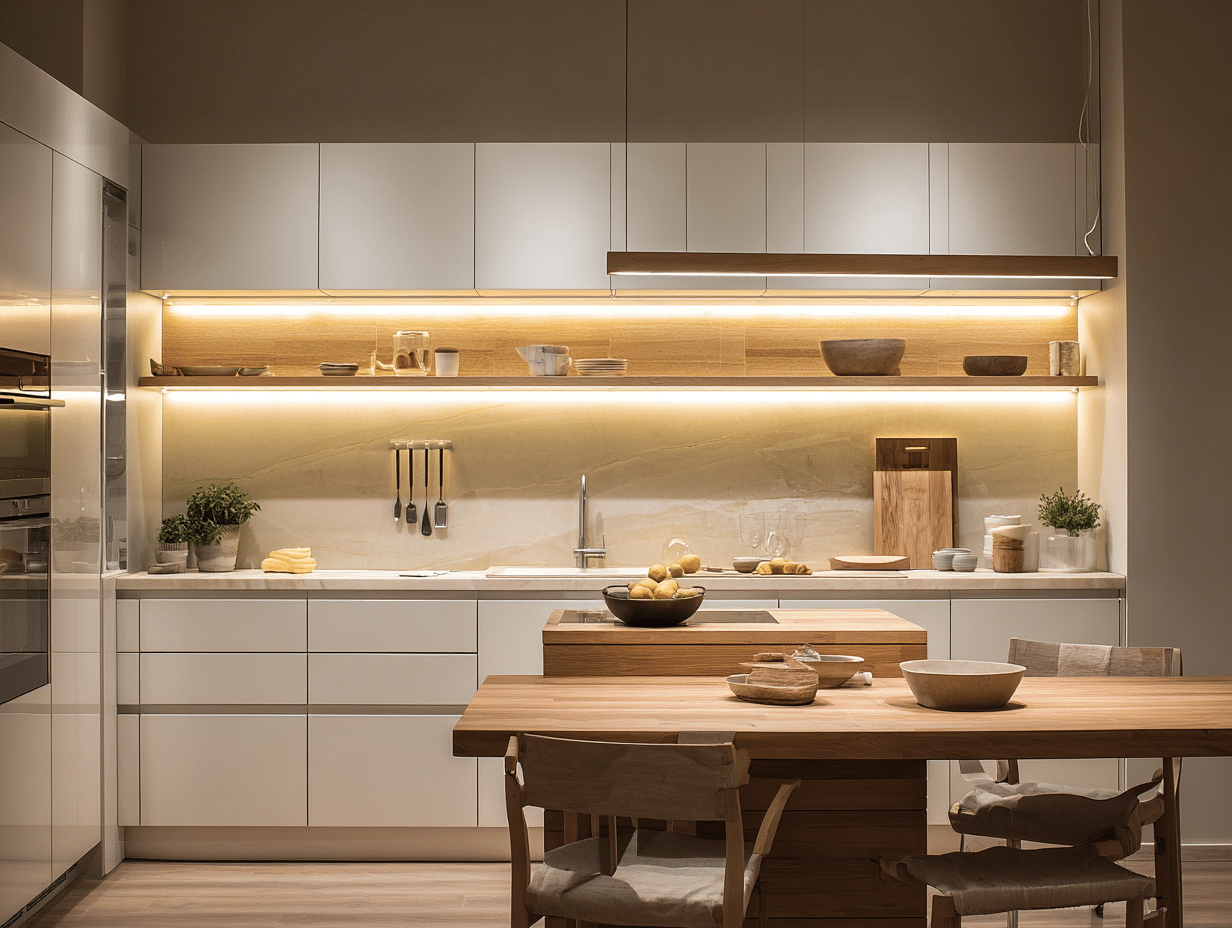Brightening your kitchen with the right lighting can transform it from drab to fabulous. With the right approach, you can change the look and feel of this essential space while improving its functionality.
Table of Contents
- Choosing Kitchen Lighting
- Types of Lighting
- Planning Your Lighting Layout
- Installing and Wiring
- Safety First
- Key Takeaways
- FAQ
- Schedule Your Electrical Service Today
Choosing Kitchen Lighting
When selecting kitchen lighting, it’s important to consider both style and function. You want your lights to fit in with your kitchen’s design while also being practical for your cooking and dining needs. Think about how you use the kitchen, whether for cooking, entertaining, or just casual meals.
Start by assessing the size and layout of your kitchen. This will help guide your lighting choices based on where you need the most light. There are several types of fixtures to consider, each serving a different purpose in your space.
Types of Lighting
Understanding the different types of kitchen lighting can help you make informed choices:
- Ambient Lighting: This provides general illumination. Ceiling-mounted fixtures or recessed lights can do this efficiently.
- Task Lighting: Focused lighting that helps during food preparation and other specific tasks. Under-cabinet lights are ideal for this.
- Accent Lighting: Used to highlight certain features like artwork or decorative elements. Pendant lights or spotlights can be used for this purpose.
Each type plays a role in creating a well-lit and inviting kitchen atmosphere.
Planning Your Lighting Layout
Planning out your lighting layout is essential for achieving the best results. Begin by drawing a simple layout of your kitchen. Mark where each type of lighting will go.
- Identify key work areas like the stove, sink, and counter space.
- Determine areas for ambient lighting, ensuring that no corner is left dark.
- Consider using a mix of different lighting types to provide a layered effect.
Getting your layout right ensures that every part of your kitchen is bright and functional.
Installing and Wiring
Once you’ve planned your layout, it’s time to install the lights. While some may feel comfortable doing this themselves, hiring a professional electrician ensures safety and compliance with local codes. Here are some key points to keep in mind:
- Turn Off the Power: Always make sure your circuit breaker is off before beginning any electrical work.
- Follow Instructions: Each lighting fixture will come with its own set of instructions. Make sure to follow them for safe installation.
- Check Wiring: Ensure your wiring is in good condition. If older wiring is present, it may need to be replaced or updated.
Taking proper steps during installation protects both your kitchen and your family.
Safety First
Safety is of utmost importance when dealing with electrical work. Here are some best practices to keep in mind:
- Use grounding techniques on fixtures to prevent electrical shocks.
- If you’re unsure about any wiring, consult with a qualified electrician.
- Regularly check your lights and wires for any signs of wear or damage.
These practices not only keep your kitchen safe but also extend the life of your lighting fixtures.
Key Takeaways
– Choose lighting based on both style and functionality.
– Utilize ambient, task, and accent lighting for a well-rounded approach.
– Plan your layout carefully to ensure all areas are well-lit.
– Always prioritize safety when installing lighting fixtures.
– Consult with a professional electrician for a hassle-free setup.
FAQ
What kind of lighting is best for a small kitchen?
Using recessed lights or under-cabinet lights can create the illusion of space while providing strong illumination.
How can I cut down on energy costs with kitchen lighting?
Consider using LED lights, which are energy-efficient and have a longer lifespan than traditional bulbs.
Is it difficult to install kitchen lighting?
The installation can be tricky, especially with wiring. If you’re not experienced, it’s wise to hire a licensed electrician.
Can I use decorative fixtures for task lighting?
Yes. Just ensure they provide enough brightness for specific tasks, especially in work zones like over the counter.
How often should I replace my kitchen fixtures?
Check your fixtures every few years for signs of wear. If they are outdated or no longer meet your needs, it’s time for a change.
Schedule Your Electrical Service Today
Transforming your kitchen lighting from drab to fabulous is a great way to enhance your home. Don’t hesitate to reach out for professional help to ensure a safe and effective installation. Your dream kitchen lighting is just a call away. Contact Us today to schedule your electrical service!

